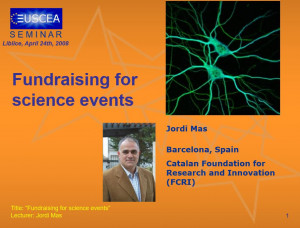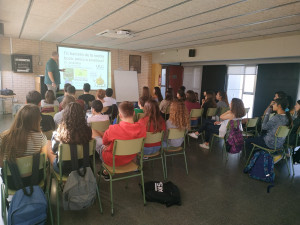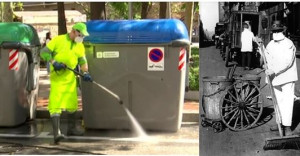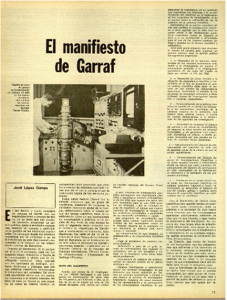For a successful transfer of knowledge it is still essential the personal contact. This is the argument of Michal Preminger, Executive Director of the Office of Technology Development at Harvard Medical School, and Aaron D. Schwartz of the Office of Technology Licensing at the Massachusetts Institute of Technology (MIT). Michal meets often with executives of biotech and pharmaceutical companies in the Boston area, with whom she has established a network of personal contacts; therefore, making recommendations, doubts and questions arise in a climate of mutual trust. Similarly, Aaron says, “it is in the coffee shop where you can usually find and meet some Nobel laureates and some that will be soon, and establish high quality contacts.”
However, new technologies and globalization are dramatically changing the landscape of knowledge transfer. For example, Innocentive (www.innocentive.com) is the world’s largest market for solutions to problems. During the period 2001-2012, more than 250,000 people have proposed a solution to technological problems posted. The origin of these people is diverse since the come from more than 200 countries. The prizes offered to solve the problems range from $ 5,000 to a million dollars depending on the complexity of the problem. Other initiatives such Presans (www.presans.com) are doing something similar but they have not launched as Innocentive. At the corporate level, large companies such as Hewlett Packard, with its HP Lab Open Innovation Office and IBM, with its Jam Events, already understand that innovation is much more profitable if done in a collaborative way, being employees, suppliers, customers, etc. the actual innovating agents.
Most likely, the future of knowledge transfer will be a balanced combination of personal contacts together with an open network. During a visit in the summer of 2011 to the heart of one of the best suited regions for innovation –the Boston Area-, I conducted a series of interviews with experts that reflected on this dichotomy. (See the article Transferència de tecnologia 2.0.)
PDF 0002 Transferència de tecnologia 2.0 Mon Empresarial num 142 Març 2012





